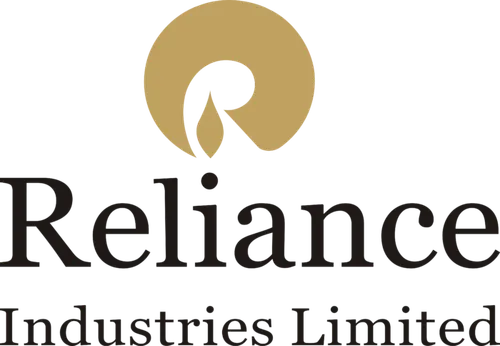The Indian government is mulling over a proposal to increase the deposit insurance coverage from Rs 5 lakh to Rs 10 lakh, a move aimed at boosting depositor confidence, especially in the wake of recent collapses in the New India Cooperative Bank.
However, this proposal has sparked concerns from well-capitalised banks, who argue that the increased premiums may disproportionately affect them.
New India Co-operative Bank Collapse Sparks Debate
The issue gained momentum following the collapse of New India Co-operative Bank in February 2025, a smaller cooperative lender whose financial mismanagement left depositors in a precarious position. The incident brought to light the vulnerabilities of depositors, particularly in smaller banks where the safety of their funds is often uncertain. The failure of New India Co-operative Bank echoes the collapse of PMC Bank in 2019, which also saw depositors scrambling to access their funds after the bank was found to have concealed significant bad loans.
The PMC Bank crisis served as a wake-up call, leading to the government’s decision in 2020 to increase the deposit insurance coverage from Rs 1 lakh to Rs 5 lakh. Despite this, the New India Co-operative Bank incident has rekindled the debate around the adequacy of this coverage, pushing the government to consider a further hike to Rs 10 lakh.
Raising the Limit: A Double-Edged Sword
Currently, all banks in India contribute to a deposit insurance premium that covers up to Rs 5 lakh per depositor. If the government decides to increase this coverage to Rs 10 lakh, it will require all banks — including the safest and most stable — to pay higher premiums. This has triggered a backlash from large public and private sector banks, which argue that they should not bear the brunt of higher premiums, especially when their risk exposure is significantly lower than that of smaller, weaker banks.
These banks, which already have solid capital buffers and fewer insolvency risks, contend that increasing premiums across the board is unfair. In response, there are discussions within the banking and regulatory circles about implementing a “Risk-Based Premium Model.”
Under this framework, banks with higher risk profiles would contribute more to the deposit insurance pool, while those with lower risk exposure would pay proportionally less.
Moral Hazard Concerns: A Key Issue for Cooperative Banks
Another concern that has been raised in the ongoing debate is the potential for a moral hazard, particularly among cooperative banks. The fear is that an increase in deposit insurance limits might encourage depositors to take risks with their funds by depositing in banks that offer higher returns but are financially unstable. If customers assume that their deposits are fully insured, they may be less cautious when choosing where to deposit their money.
This could lead to an increase in financial fraud and mismanagement, particularly in the cooperative banking sector, which has witnessed several collapses in recent years. The New India Co-operative Bank failure has highlighted the vulnerability of depositors in smaller banks, and experts argue that increasing the deposit insurance limit could inadvertently promote riskier behaviour, further destabilising the sector.
The Path Forward: Balancing Depositor Protection and Bank Stability
The government’s next steps will require careful balancing. While raising the deposit insurance limit could provide greater protection to depositors, especially in cases of bank failures, it is crucial that the move does not lead to excessive burden on well-capitalised banks or encourage risky financial behaviour.
The introduction of a risk-based premium model may be a step in the right direction, ensuring that banks with higher risks bear a larger share of the cost.
As the debate continues, all eyes will be on the government’s decision, which could have far-reaching implications for the future of India’s banking and financial system. With the New India Co-operative Bank collapse serving as a stark reminder of the risks that still exist within the sector, the need for a more robust depositor protection framework has never been clearer.
Anurag Dhole is a seasoned journalist and content writer with a passion for delivering timely, accurate, and engaging stories. With over 8 years of experience in digital media, she covers a wide range of topics—from breaking news and politics to business insights and cultural trends. Jane's writing style blends clarity with depth, aiming to inform and inspire readers in a fast-paced media landscape. When she’s not chasing stories, she’s likely reading investigative features or exploring local cafés for her next writing spot.






